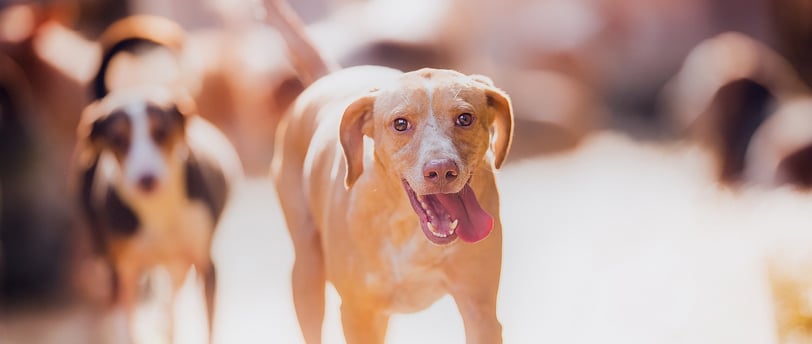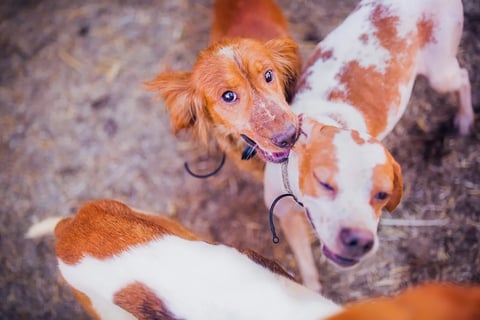How to Befriend Dogs and Kids: Insider Secrets from Danka
Learn insider secrets from Danka on how to befriend dogs and kids effortlessly. Enhance your social skills and create lasting bonds with expert guidance.
DOG CARE TIPS
danka
5/18/20213 min read


Many parents share a common concern: How can they ensure the child and the dog develop a friendly relationship without unintentionally causing harm to one another?
Young children may unintentionally pull on a dog's tail or bite their paws. Furthermore, pets may not always distinguish between playful interactions and a baby's frightened cries. It's important to note that I am a mother, not just to dogs but to a human child. In our family, both parents and sometimes even grandma supervise our daughter's interactions with dogs. We exercise caution and do not allow her to approach every dog, as many of our animals have had challenging experiences in the past, making it difficult to predict their behavior with 100% certainty.




Here Are Some Tips for Parents:
1. Be vigilant and monitor both the child and the dog during their interactions.
It's crucial to prevent the dog from becoming overly excited during play, as it can lead to potential injuries. At the same time, it's important to set boundaries for the child as well. It saddens me to know that some parents disregard the discomfort their child may cause to the animal with the excuse of being a child. It's essential to explain to the child that dogs are living beings too, capable of feeling pain, fear, and fatigue. If the dog doesn't want to play, it's best to leave them be, allow them to eat in peace, and refrain from interfering with their bowl or pulling their leash during walks. Children often act unknowingly, but without proper explanations, they may unconsciously mistreat animals throughout their lives.
2. Similar to children, dogs should have their own designated space in the house where they can retreat with a sense of safety and privacy.
This area should be as secluded as possible, ensuring minimal intrusion from other family members. Regardless of who arrived first in the household, the dog needs time to adjust to the new environment. It's impossible to achieve this adjustment in an environment where they are constantly petted, poked, or their ears are tugged at. Regrettably, I am aware of families that have had dogs for years without even providing them with a dog bed or their own corner. These situations are disheartening, especially considering that these families also have children.
3. Despite our instinctual tendencies, it is crucial to teach children to understand the signals that dogs communicate.
For instance, a growl indicates the need to back away, a wagging tail signals the desire to play, and when a dog paws at the door, it signifies the need for a walk. Dogs learn to understand us, so it is only fair that we reciprocate and understand them.
4. Both dogs and children should be discouraged from engaging in face licking.
It's important to acknowledge that we can never fully comprehend the thoughts and intentions of any living being, whether they are animals or humans. Therefore, it is impossible to predict their reactions with absolute certainty. For this reason, I personally do not allow dogs to lick my face, and I extend the same precaution to children as well.
5. When a baby joins a family that already has a dog, it is essential to maintain the dog's routine without significant disruptions.
While it can be challenging, it's important to remember that the dog is not at fault for the changes in the family dynamic. Dogs have been accustomed to following schedules for meals, walks, and playtime through years of training. Introducing the concept that things will be different now can be difficult and stressful for them. However, over time, they will gradually understand and accept that the presence of the new family member is permanent. Patience and consistency in maintaining the dog's routine will help them adjust to the changes more smoothly.


